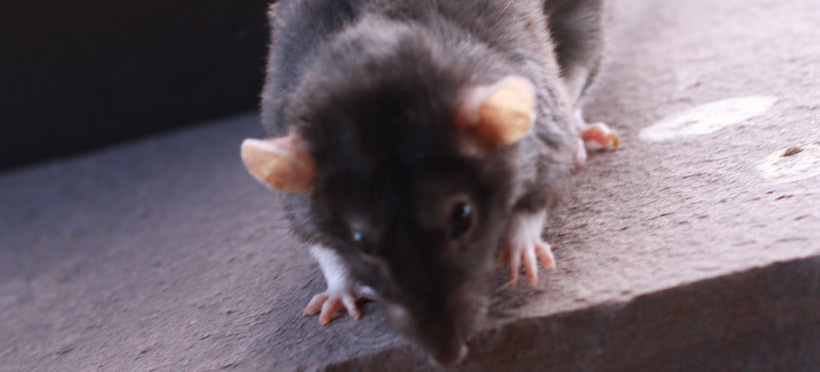Do rats kill mice?
Rats are known to eat almost anything and everything that comes on their way – but you may be surprised to learn that this “list of edibles” includes their close relatives, mice. This predatory behavior on mice has earned itself a special name among scientists studying rat behavior, called Muridice. It is indicated that this is a stereotypic kind of behavior among rats- and they normally prey on mice when they have exhausted their food sources and have nothing but to starve. When these hard times come, the heavy axe falls more dangerously on nearby mice, with fatal consequences.

Mice eating behavior has also been attributed to neurotransmitter signals in the brain of rats, which wires them to use mice as the last resort source of food when they have exhausted other resources. This gives a view of how rat brain functions, although on a superficial basis and much research is needed to understand better.
The process of killing mice seems to be a learned one – and is similar for both domestic and wild rats. Further, rats tend to chase and kill mice in roughly the same way the episode occurs. The predatory behavior starts with the rat chasing around the mice and when in proximity employs its sharp incisors to bite the mouse. The rat mostly targets regions around the neck or the upper back, sometimes the head. Often times, the mouse is aware of this impending danger and is not willing to go down without a fight, the mouse may resort to fight back by boxing with its fore climbs until its exhausted, or lying down flat in a threatening manner to scare off the attacker. However, the rats seem to have perfected their art of the kill and they always emerge on top of the game.
However, there exists a difference in the eating patterns of the kill after they have managed to subdue it. The wild rat normally starts eating its meal from the neck before it tears it up and proceeds to the liver and other soft tissues. The domestic rat on the other hand eats up the brain first. The killing process normally takes less than forty five seconds, while research has indicated that these rats will tend to feed on their kill immediately after they are done with subduing it. More than a quarter of the prey is eaten within an hour of the killing.
The prey-predator relationship also seems to be a well-understood one between these two classes of creatures, where mice tend to be more stressed in the presence of rats than when they are in an environment free of their predators, which indicates their threat perception level when it comes to rats. Smelling rat urine also makes mice become more cautious with their environment, aware that danger could be lurking in there.
Read more: Rat Control, Get Rats Out of the Attic, Rat Trapping, Rats in the Ceiling, Rat Feces.
|